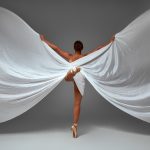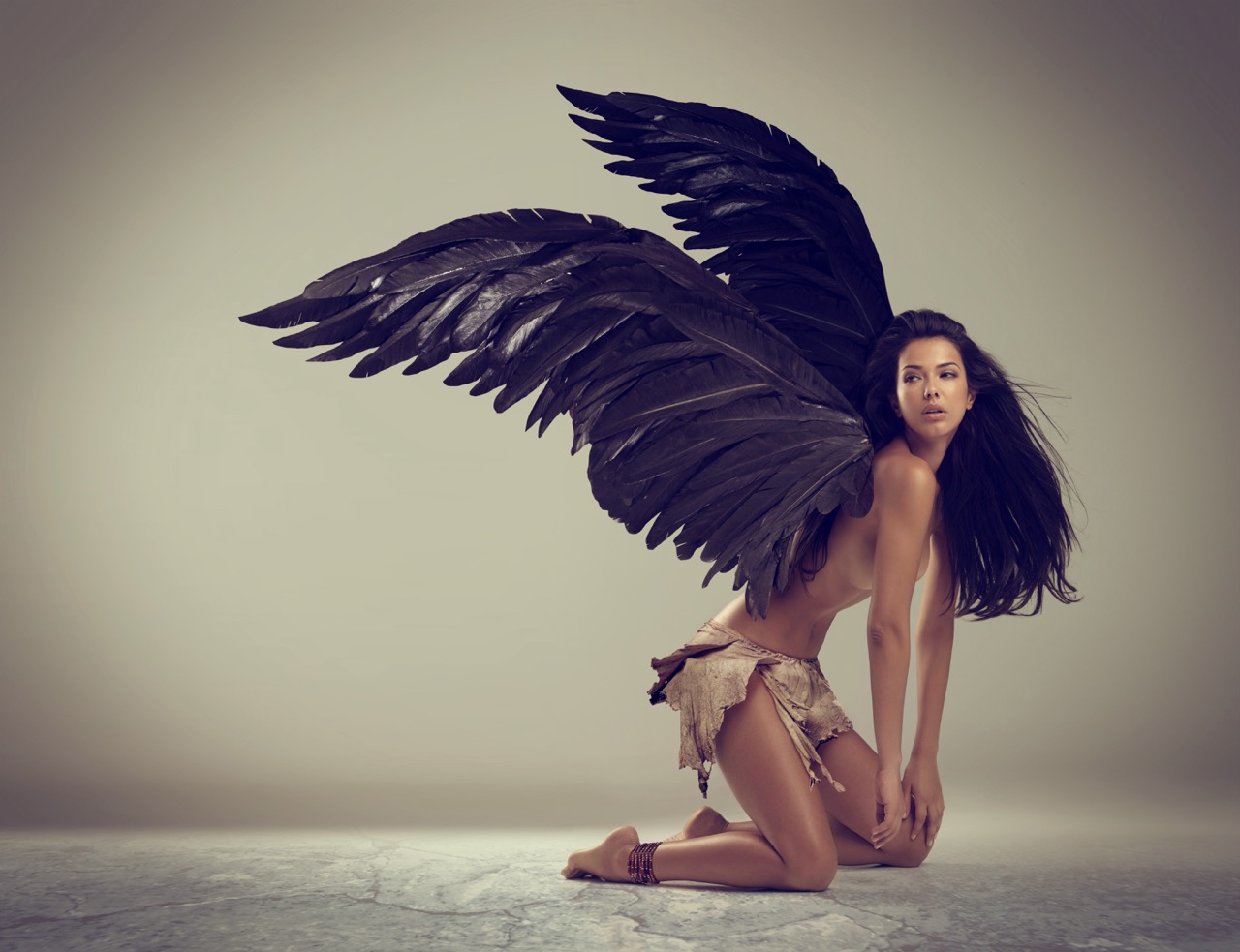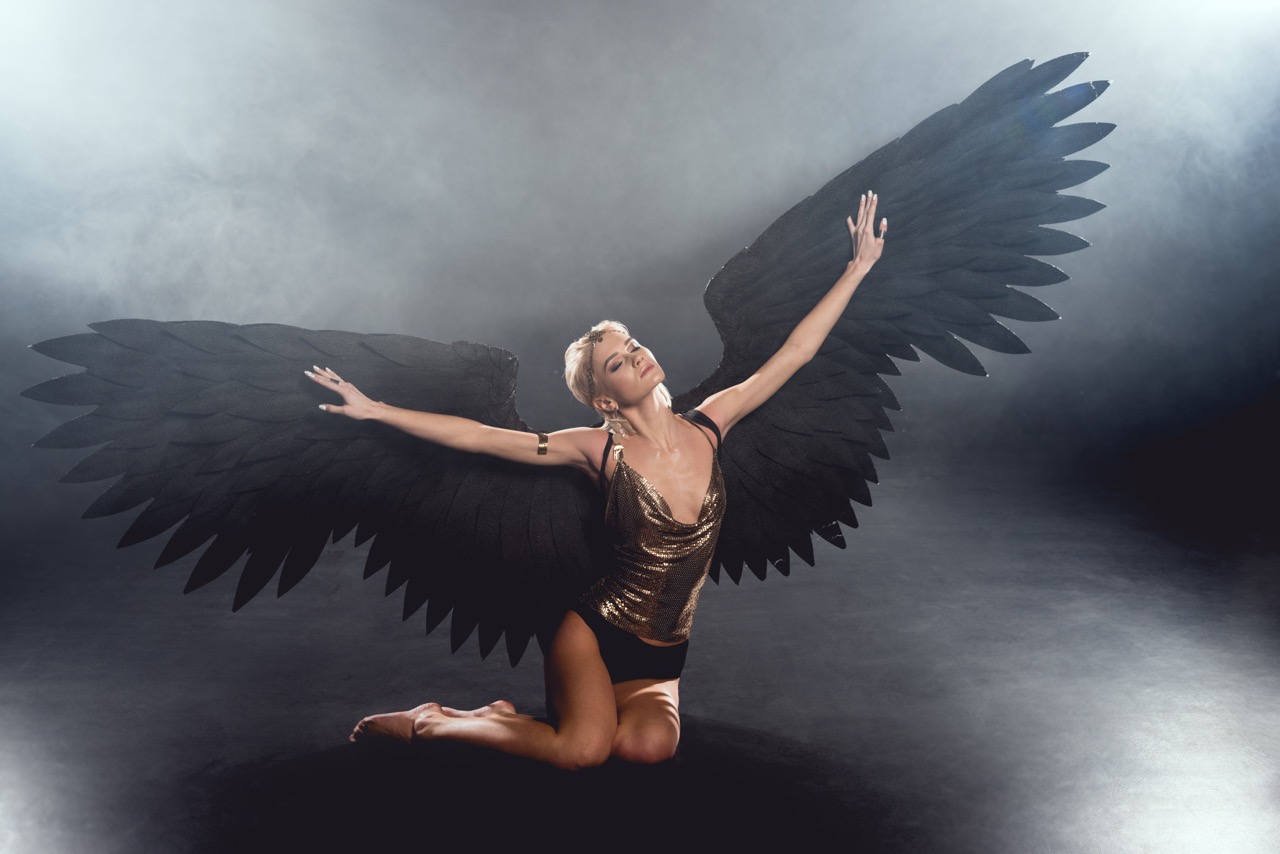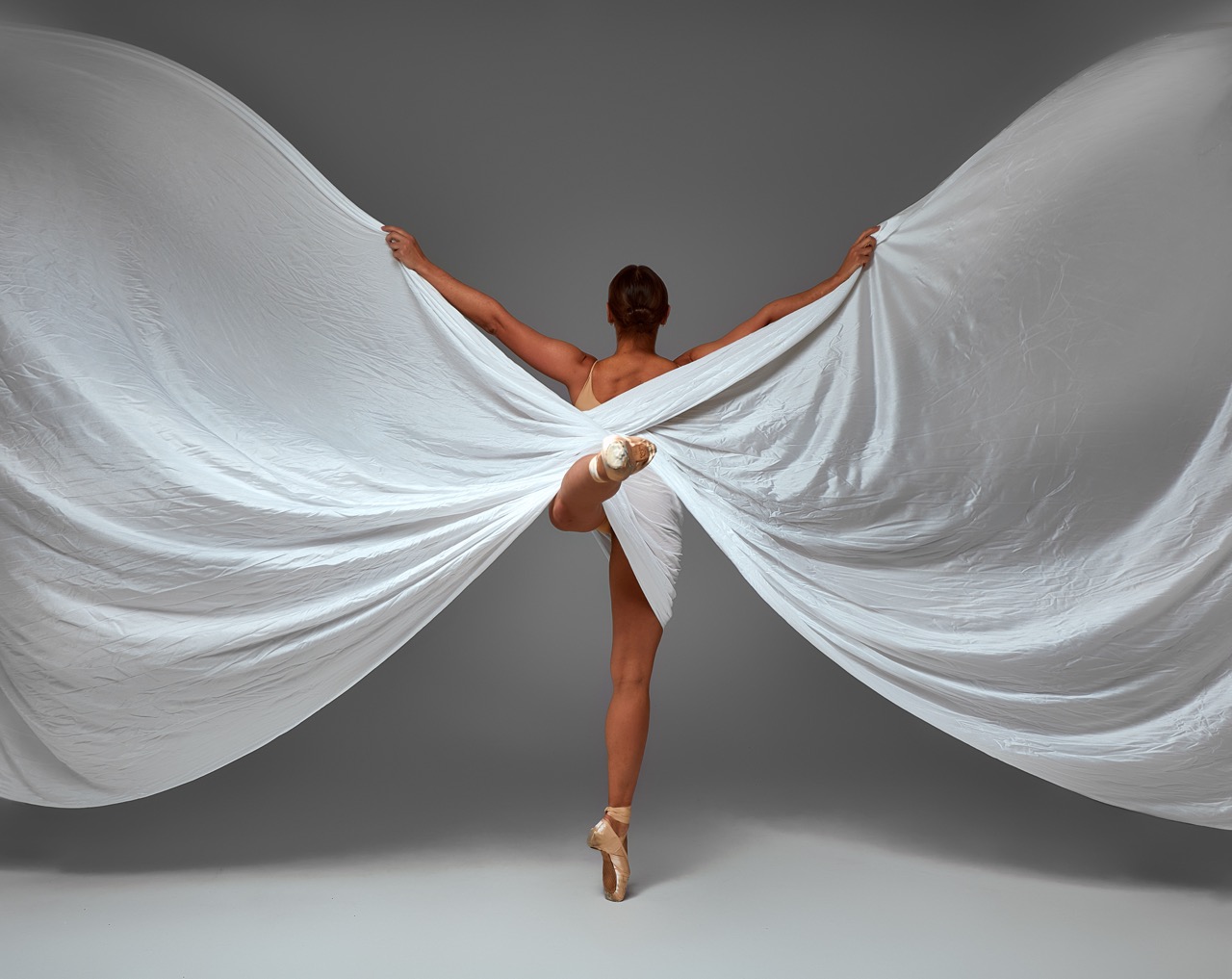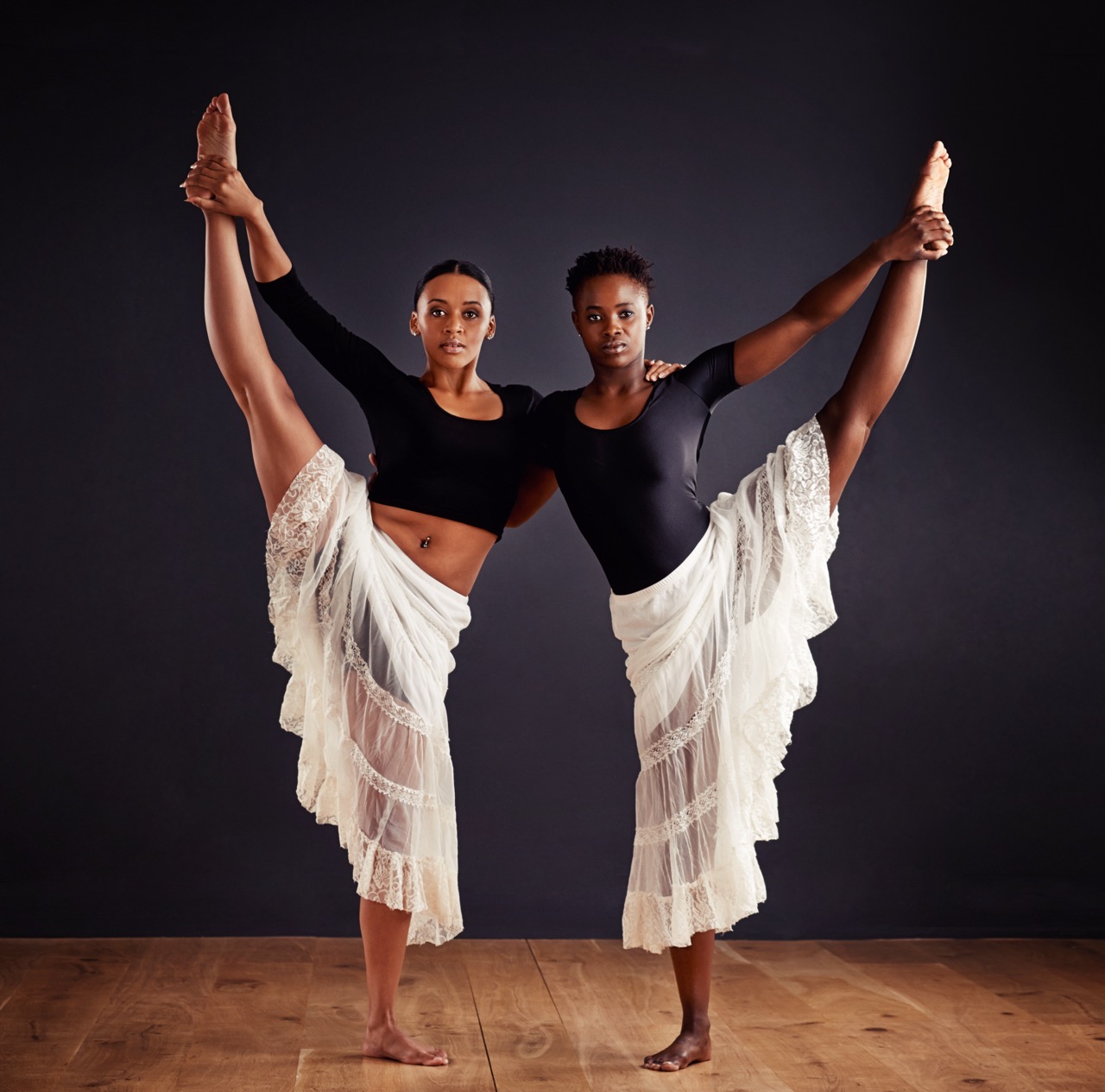Creating wings for contemporary dance pieces is an exciting opportunity for choreographers and designers to enhance the visual narrative of a performance. Wings can evoke a sense of freedom, fantasy, and even transcendence, transforming the dancer’s movements into an ethereal display of artistry. This article explores the essential steps in designing, crafting, and enhancing wings that not only complement the choreography but also captivate the audience’s imagination.
Unleash Your Creativity: Designing Wings for Dance Performance
The journey of creating wings begins with a burst of creativity. Take a step back and consider the theme of your dance piece. Are you aiming for a mystical feel, or is the performance grounded in a more abstract aesthetic? Let the emotions and narratives of your choreography guide your design choices. Sketch out your ideas and don’t shy away from experimenting with different shapes and sizes. Whether you envision large, sweeping wings that mimic the grandeur of birds or delicate, butterfly-like appendages, the design should resonate with the essence of the performance.
Once you’ve conceptualized your wing design, think about how they will integrate with the dancer’s movements. The weight, size, and mechanism of attachment play crucial roles in ensuring that the wings enhance rather than hinder the performance. Collaborate closely with the dancers to understand their physicality and the movements they’ll perform. This collaboration will spark further innovation, enabling you to make informed decisions about how the wings can best complement their artistry.
Finally, consider the color palette and texture of your wings. The visual impact of your design can be dramatically altered by the choice of colors. Bright and bold hues can energize a performance, while soft pastels may convey a more whimsical, gentle tone. Think about how the wings will appear under stage lighting, as this can drastically change their color and texture. Keep in mind that the ultimate goal is to create wings that not only look beautiful but also serve the narrative of the dance piece.
Materials Matter: Choosing the Right Fabrics and Tools
The choice of materials is crucial when crafting wings that are both lightweight and visually striking. Common fabric choices for dance wings include organza, chiffon, and silk, which flow elegantly and catch the light beautifully. These materials can create a sense of movement even when the dancer is still. Additionally, you might consider using lightweight fabrics with some stretch to ensure that the wings can move fluidly with the dancer’s body, allowing for seamless choreography.
In addition to fabric, the structural elements of your wings will require careful thought. A flexible yet sturdy frame can be made from materials such as lightweight aluminum or fiberglass rods. These materials provide the necessary support without adding excessive weight. Consider the use of wire to create intricate shapes or to reinforce delicate fabric designs. It’s essential to balance aesthetics with functionality to ensure that the wings will withstand the rigors of performance.
Don’t forget about additional tools that can enhance your project. A sewing machine will be invaluable for stitching fabric together, while hot glue guns and fabric glue can help in attaching embellishments securely. For those more adventurous, consider incorporating LED lights or other technological elements to bring your wings to life. Whatever materials and tools you choose, ensure they align with your vision and the requirements of the dance piece.
Techniques for Crafting Wings That Move with Grace
Crafting wings that fluidly accompany movements requires both precision and creativity in your construction techniques. Begin by creating a strong base using your chosen frame material. Ensure that it is adequately shaped and can accommodate the fabric you will be draping over it. Pay attention to the joints and connections, as a sturdy construction will allow for greater freedom of movement without fear of breaking mid-performance.
Once the frame is complete, it’s time to attach the fabric. One effective technique is to create a layered effect, allowing the top layer to flow over the lower layers for added depth and dimension. This also helps in achieving a more dynamic visual effect as the dancer moves. Consider using gathering techniques to create ruffles or pleats that add volume and texture to the wings. Experiment with different draping methods to find the most visually appealing way for the fabric to fall and flow.
Finally, test the wings in motion. Have dancers wear the wings during practice sessions to see how they move in conjunction with their choreography. Pay attention to any potential hindrances or imbalances and make adjustments as necessary. This iterative process is essential for refining your creation. The goal is to achieve a harmonious blend between the wings and the dancer, ensuring that every movement is complemented by a graceful and fluid response from the wings.
Final Touches: Enhancing Wings for Visual Impact on Stage
With the wings taking form, it’s time to consider the final touches that will elevate them from functional accessories to stunning visual spectacles. Adding embellishments such as sequins, beads, or feathers can introduce a sense of whimsy and wonder. These elements can catch the light and create a captivating visual display, enhancing the overall stage presence. However, be mindful not to overdo it; the embellishments should enhance, not distract from the dancer’s performance.
Color gradients or hand-painted designs on the fabric can also add depth to your wings, allowing for a unique expression that aligns with the choreography’s emotional undertones. Experiment with techniques such as tie-dye or fabric painting to create custom color schemes that fit your artistic vision. This personalization will make your wings one-of-a-kind and can even become a signature aspect of your choreography.
Finally, don’t overlook the practicality of your design. Ensure that all elements are securely attached and that there are no sharp edges or protrusions that could pose a risk during performance. A thorough dress rehearsal will allow you to assess the wings under stage conditions, ensuring they perform as intended. With attention to these final details, your wings will not only be a feast for the eyes but will also contribute meaningfully to the narrative and aesthetic of your contemporary dance piece.
Creating wings for contemporary dance is an intricate blend of artistry, design, and technical skill. By unleashing your creativity, choosing the right materials, employing effective crafting techniques, and adding impactful enhancements, you can develop wings that truly inspire and elevate the dance experience. As a result, your dance performances will not only tell a story but will also create a lasting impression in the hearts and minds of the audience, embodying the essence of freedom, beauty, and grace.

